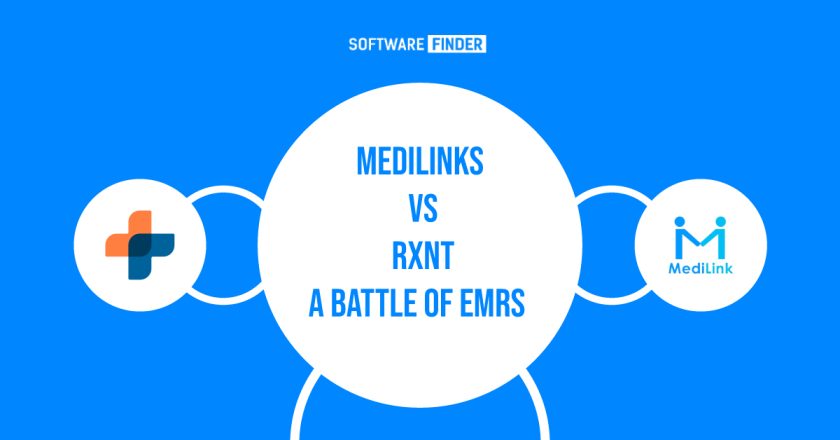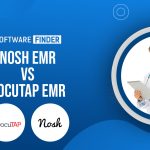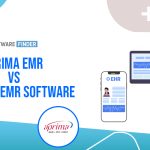Introduction:
Electronic Medical Records (EMRs) and Electronic Health Records (EHRs) have revolutionized healthcare by digitizing patient data, streamlining workflows, and improving patient care. This report aims to provide a comprehensive comparison between two popular EMR/EHR systems: MediLinks EMR and RXNT EHR. By evaluating their features, usability, interoperability, and customer support, healthcare providers can make informed decisions when selecting a suitable system for their practice.
Features:
MediLinks EMR offers a wide range of features designed to enhance clinical documentation, scheduling, billing, and reporting. It includes customizable templates, voice recognition capabilities, e-prescribing, and clinical decision support tools. Additionally, MediLinks integrates with various diagnostic devices and offers patient portal access.
RXNT EHR provides comprehensive features for charting, e-prescribing, scheduling, and billing. It includes customizable templates, intuitive user interface, and voice recognition. RXNT EHR also facilitates interoperability through HL7 interfaces, allowing seamless data exchange between systems. However, it does not offer native integration with diagnostic devices.
Usability:
MediLinks EMR offers an intuitive user interface with easy navigation and customizable workflows. Its adaptive learning capability helps providers optimize their experience over time. The system provides a consistent and user-friendly experience across devices, making it convenient for busy healthcare professionals.
RXNT EHR boasts a simple and clean user interface that promotes ease of use. The system’s intuitive design allows for efficient navigation and minimal training requirements. Users can quickly learn to navigate the system, reducing the disruption to daily operations during implementation.
Interoperability:
MediLinks EMR emphasizes interoperability, supporting seamless data exchange between healthcare systems. It adheres to industry standards such as HL7, CCD, and CDA. MediLinks integrates with external systems and diagnostic devices, facilitating efficient data sharing and collaboration between healthcare providers.
RXNT EHR offers interoperability through its HL7 interfaces, enabling the exchange of patient data with other systems. The system supports integration with third-party applications and systems, enhancing the overall connectivity and data sharing capabilities of the platform.
Customer Support:
MediLinks EMR provides comprehensive customer support, including live training sessions, webinars, documentation, and a dedicated support team. They offer various channels for assistance, including phone, email, and an online support portal, ensuring prompt resolutions to user inquiries.
RXNT EHR offers dedicated customer support through phone and email. Their support team is responsive and knowledgeable, addressing customer queries and issues efficiently. Additionally, RXNT provides an extensive knowledge base and user guides to aid users in troubleshooting common problems.
Conclusion:
Both MediLinks EMR and RXNT EHR offer robust electronic medical/health record solutions with unique features and benefits. MediLinks EMR focuses on comprehensive features, interoperability, and user-friendly design. On the other hand, RXNT EHR prioritizes simplicity, efficiency, and seamless data exchange through HL7 interfaces.
Ultimately, the choice between MediLinks EMR and RXNT EHR depends on the specific needs and preferences of healthcare providers. It is recommended to conduct a thorough assessment of requirements, consider factors such as practice size, specialty, and workflow preferences, and request demonstrations or trials from both vendors before making a final decision.





